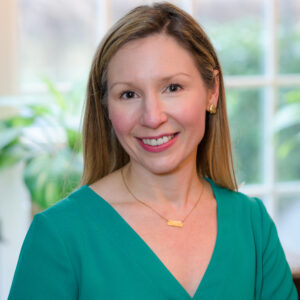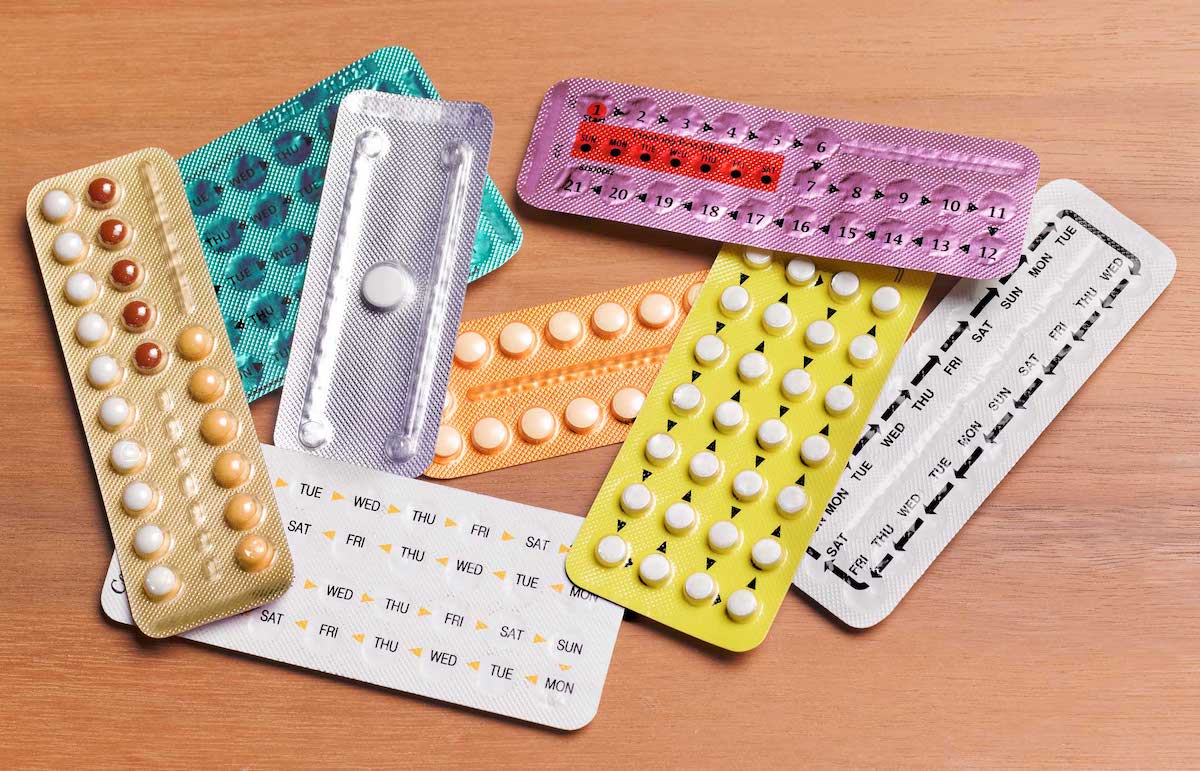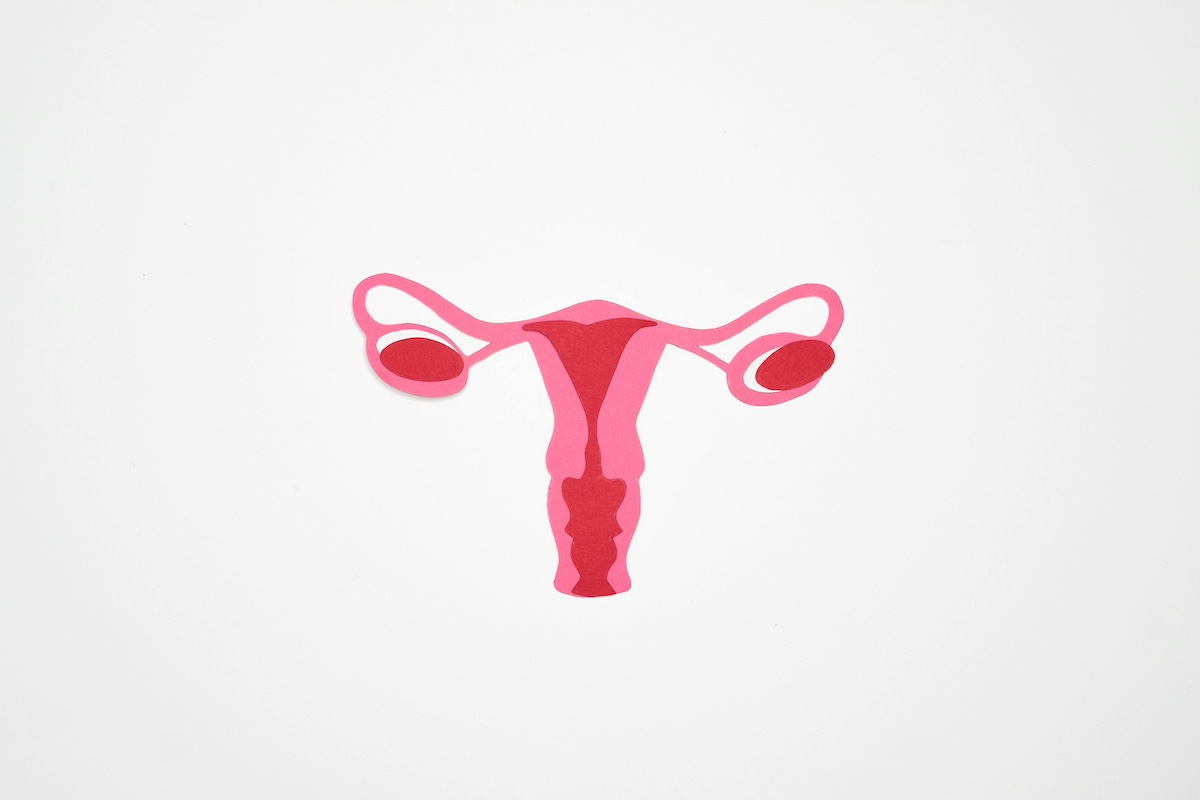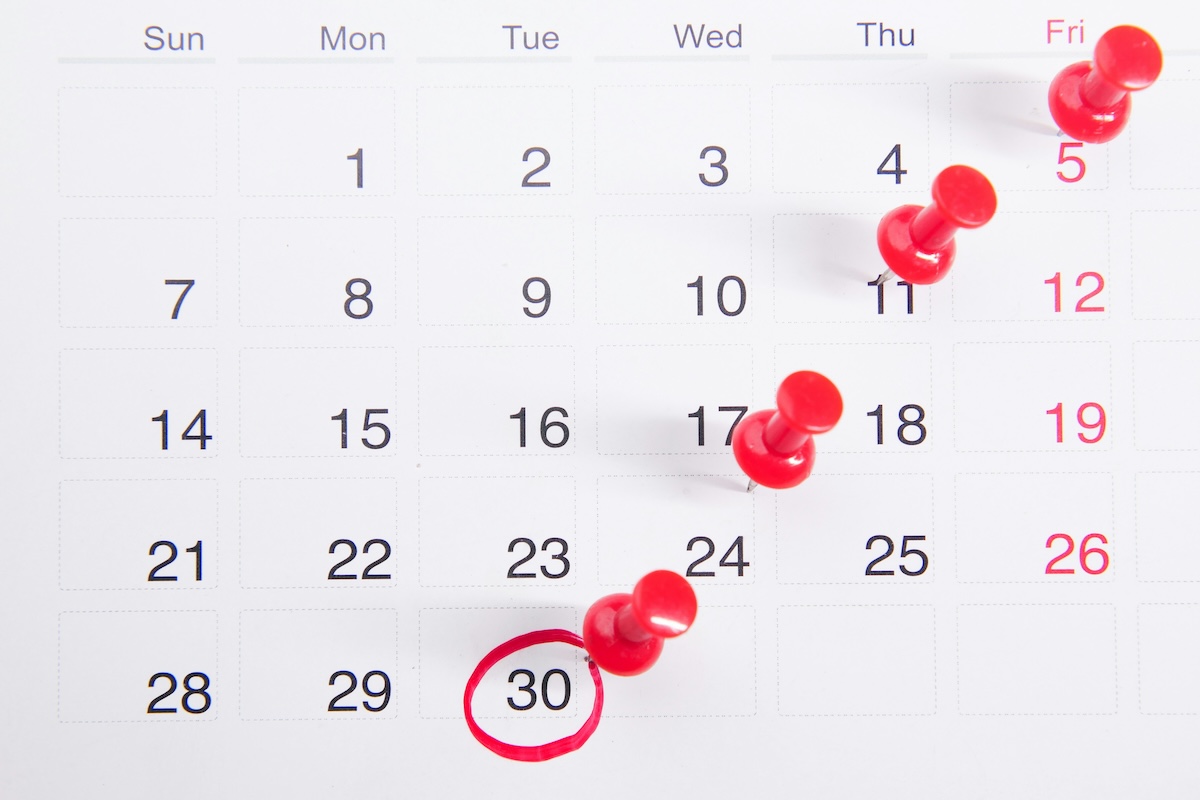I am 40 years old and stopped breastfeeding my EBF [exclusively breastfed] then-13-month-old three months ago. I have had no period (or any bleeding except for postpartum) since getting pregnant with her. We do not want more children, so I am not planning to try for another pregnancy. Should I be concerned about my apparent lack of ovulation? If so, when and why should I seek medical advice?
—Rachel
When women are breastfeeding, it is not unusual for them to have irregular periods or no periods at all. I think this is fascinating! The act of nursing actually suppresses the release of hormones that drive ovulation. So eggs can begin to develop but do not fully mature, and estrogen levels often remain low, during breastfeeding.
Some women will have their menstrual cycle resume when they stop breastfeeding at night, but others will see their menstrual cycle resume only when they have fully weaned. How long it takes to resume a normal menstrual cycle once you have weaned is highly variable.

However, three months after weaning, it would be reasonable to see your doctor for an evaluation. Women who are under age 45 should always be evaluated if they aren’t having regular periods.
Age 40 is considered too early for normal menopause, and there are several possible reasons you aren’t getting a period. First your doctor will confirm you aren’t pregnant. It is possible to become pregnant before your periods resume if you ovulate the first time and then get pregnant.
Your doctor may order blood tests to check your follicle-stimulating hormone — the hormone that stimulates eggs to mature — and your levels of the hormone prolactin — the hormone that stimulates the breasts to make milk. They may also send you for a sonogram of your ovaries and uterus to help understand why your periods haven’t resumed and recommend appropriate treatment.
The bottom line: Three months after weaning, we would expect your periods to have resumed, and any woman under age 45 should be evaluated if she is not having regular periods.
















Log in